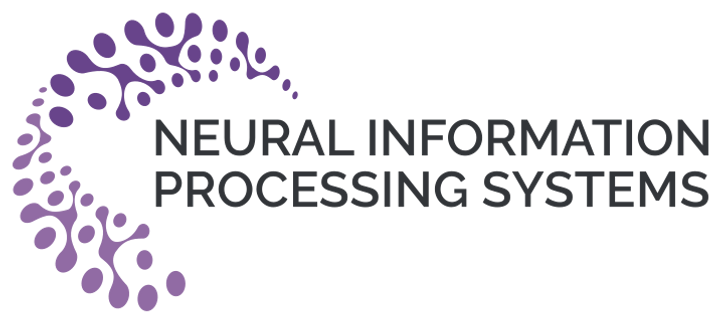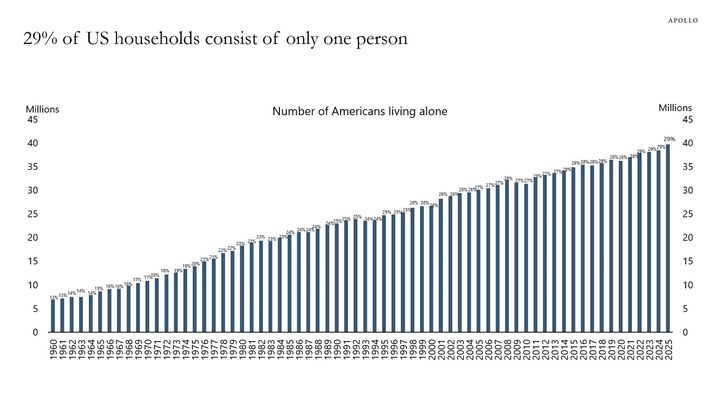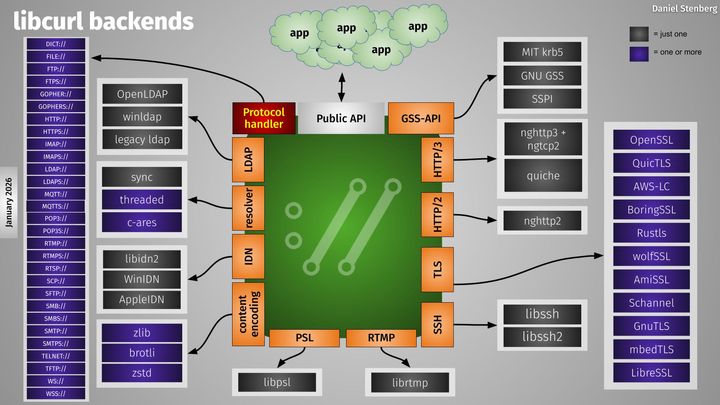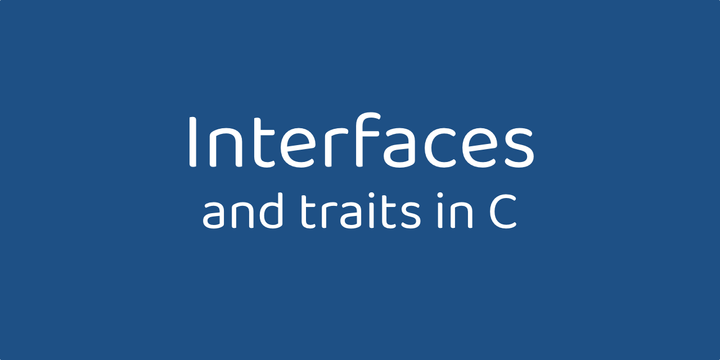
GPTZero finds 100 new hallucinations in NeurIPS 2025 accepted papers
The article discusses the NeurIPS (Neural Information Processing Systems) conference, one of the premier annual events in the field of machine learning. It highlights the conference's focus on showcasing groundbreaking research and fostering discussions around the latest advancements in artificial intelligence and related technologies.

In Europe, Wind and Solar Overtake Fossil Fuels
The article discusses the significant progress made by European countries in transitioning away from fossil fuels towards renewable energy sources, particularly wind and solar power, which now account for a larger share of the continent's electricity generation than fossil fuels.

Design Thinking Books You Must Read
This article provides an overview of seven essential books on design thinking, covering topics such as the design process, problem-solving, and innovation. It offers recommendations for both beginners and experienced designers looking to deepen their understanding of design thinking principles and practices.

Meet the Alaska Student Arrested for Eating an AI Art Exhibit
An Alaskan student was arrested for allegedly vandalizing an art exhibit featuring AI-generated images. The incident has sparked discussions about the legalities and ethics surrounding the display and interaction with AI-powered artworks.

Satya Nadella: "We need to find something useful for AI"
Microsoft's CEO warns that AI developers must create useful applications for AI technology, or they risk losing public support and the ability to use electricity for AI research and development.

SpaceX lowering orbits of 4,400 Starlink satellites for safety's sake
SpaceX is lowering the orbits of 4,400 Starlink satellites to reduce the risk of collisions and improve safety in space. This move aims to better manage the growing number of satellites in Earth's orbit and minimize the potential for interference with other space activities.

The first commercial space station, Haven-1, now undergoing assembly for launch
The article discusses the assembly and upcoming launch of Haven 1, the first commercial space station being built by Axiom Space. The station is designed to provide a platform for research, tourism, and other commercial activities in low-Earth orbit.

40M Americans Live Alone, 29% of households
The article explores the growing trend of single-person households in the United States, with over 40 million Americans now living alone, representing a significant demographic shift in the country's living arrangements.

Miami, Your Waymo Ride Is Ready
Waymo, the self-driving car company, announces the launch of its ride-hailing service in Miami, Florida, allowing residents to access autonomous vehicles for their transportation needs.

The mushroom making people hallucinate tiny humans
The article explores the Psilocybe cubensis mushroom, a psychedelic fungi that can induce hallucinations of tiny people. It delves into the cultural history, scientific research, and potential therapeutic uses of this mysterious mushroom.

Downtown Denver's office vacancy rate grows to 38.2%
The article examines the rising office vacancy rates in downtown Denver, driven by factors like remote work and changing workplace preferences. It explores the challenges facing landlords and the potential impact on the city's economy as businesses reassess their office space needs.

Zack Polanski to hand in NHS contract termination notice to Palantir
The article discusses Zack Polanski's plan to terminate Palantir's NHS contract, citing concerns over the company's involvement in data-sharing agreements with government agencies and its potential misuse of personal information.

Now with Mqtts
The article discusses the author's move to MQTT, a lightweight messaging protocol, for their website's content delivery. It highlights the benefits of MQTT, such as its efficient data transfer and reduced server load, and the author's experience in implementing it for their website.

Interfaces and Traits in C
The article discusses the concept of interfaces in C, explaining how to define and implement them, and highlighting their usefulness in creating modular and extensible software.

Announcing winapp, the Windows App Development CLI
The article announces the release of WinApp, a new Windows App Development CLI that simplifies the development and deployment of Windows applications. WinApp provides a streamlined command-line interface for building, packaging, and publishing Windows apps, making the app development process more efficient for developers.

Graph of All Human Languages
This article explores the concept of language as a complex network, examining how words and their relationships can be visualized and analyzed using network theory. It discusses the insights that can be gained from this approach, such as understanding language evolution, word associations, and the structure of human communication.

China's Renewable Energy Revolution Is a Mess That Might Save the World
The article explores China's rapid transition towards renewable energy, highlighting its investments in solar, wind, and hydropower as part of its efforts to address climate change and reduce its reliance on fossil fuels. It discusses the challenges and opportunities China faces in its renewable energy revolution.

When the Tech Industry Becomes Disgusting
The article discusses the negative aspects of the tech industry, including a lack of diversity, excessive focus on profit over social impact, and cases of unethical behavior by tech companies and leaders. It argues that the industry needs to address these issues to regain the public's trust and become a more socially responsible sector.

Apple Silicon Approaches AMD's Laptop Market Share Only Five Years In
Apple's transition to its in-house silicon, Apple Silicon, has resulted in the company's laptop market share approaching that of AMD's within just five years, according to industry data. This rapid growth highlights the success of Apple's proprietary chip technology in the laptop market.

A socratic dialogue over why drugs work at all
The article explores why drugs have the ability to influence the human body and mind, examining the complex interactions between drugs and the various biological systems in the body that allow for their effects.